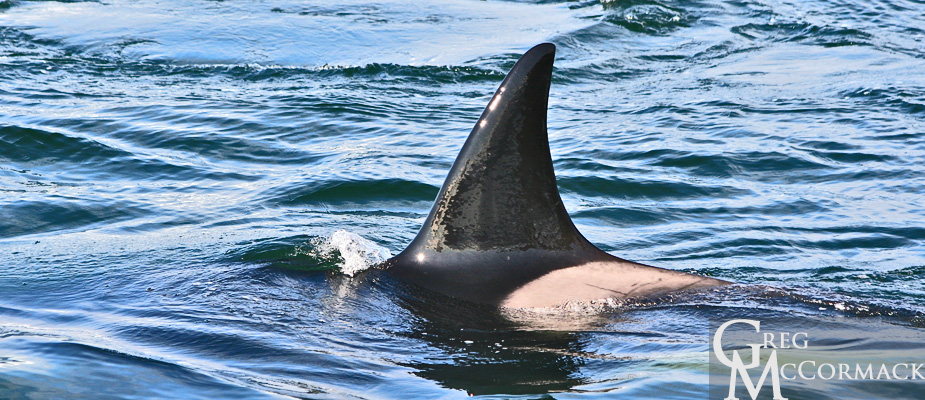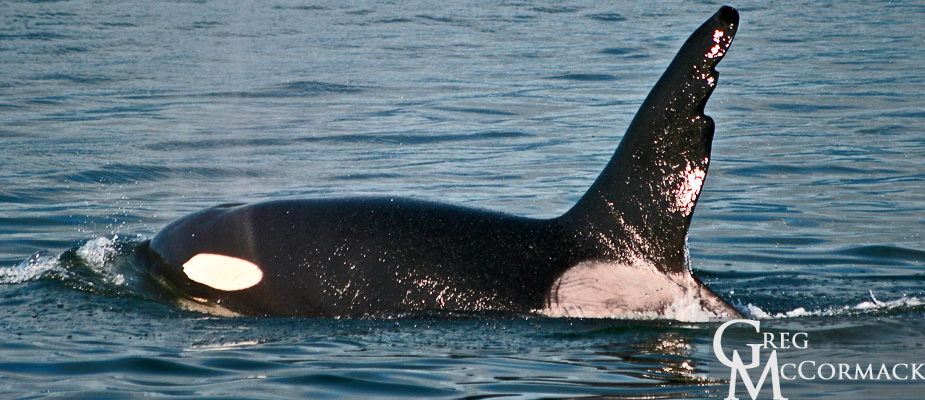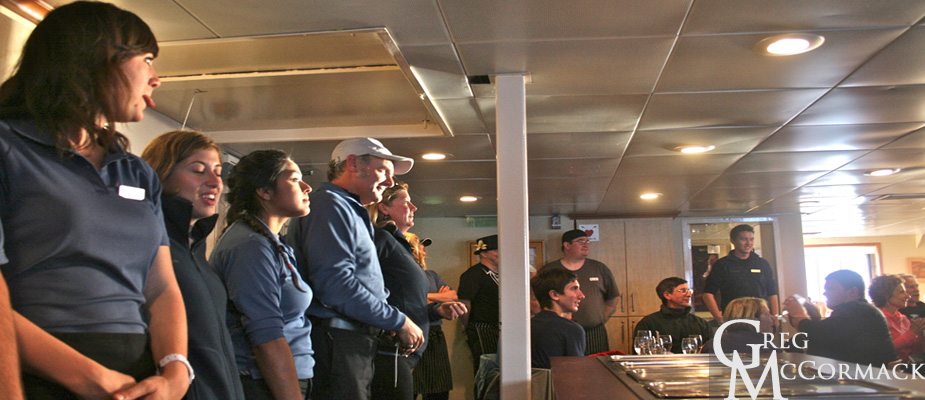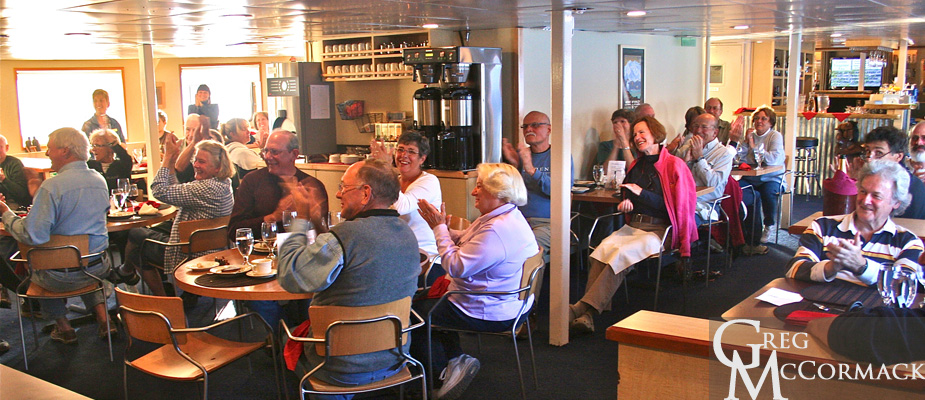Friday | July 15
September 26, 2011 by admin
Filed under InnerSea Discoveries
Endicott Arm & Dawes Glacier
“The earth, that is sufficient
I do not want the constellations any nearer,
I know they are very well where they are,
I know they suffice for those who belong to them.”
–Walt Whitman, Leaves of Grass, “Song of the Open Road” (1855)
We lift anchor at 0500 at Wood Spit and enter Holkham Bay, the outlet of both the Tracy and Endicott Arm fiords. We take the route up the Endicott in a thick fog. I assure guests that we should see a clearing close to the glaciers. High pressure is usual near the icefield surrounding the peaks of the Coast Range.
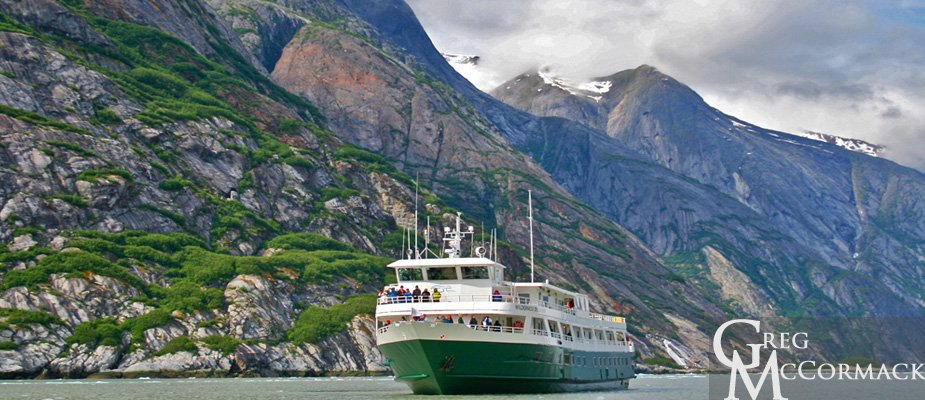
The cold, heavy air sinks down and pushes away the Low Pressure system from the face of the tidewater glacier. As soon as we get within a couple of miles, the fog lifts and we see blue skies and sunshine!
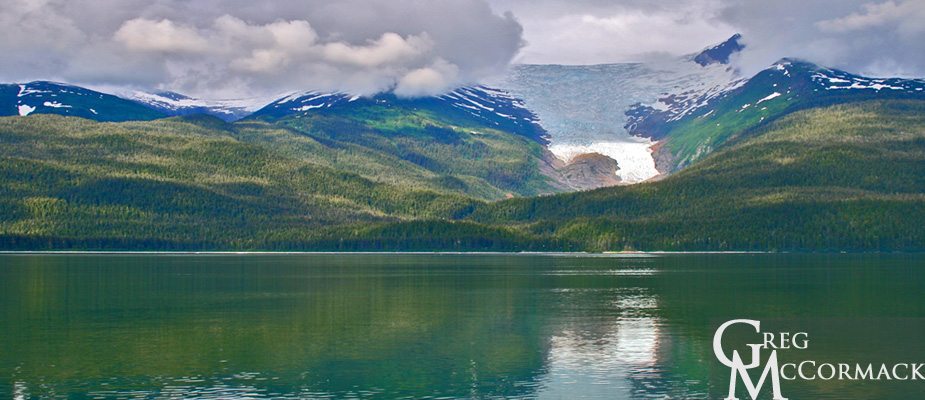
Very little brash ice is seen…mainly growlers with only a few bergy bits and ice-bergs near the spectacular Dawes Glacier. We disembark for small boat tours and stop about ¼-mile away from the 200-foot face of the tidewater glacier. Several small calvings produce the surprisingly loud “white thunder”. The Tlingit Indians had a tribe named after the sound made by the dropping of ice: Sumdum.
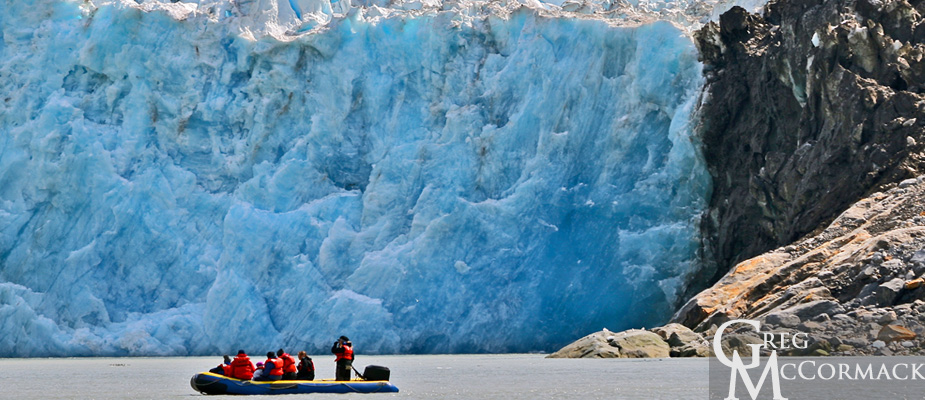
We enjoy seeing Arctic Terns diving down for small fish or resting on growlers. Seals were seen frolicking in the white-water of cascading waterfalls.
Two Tongass National Forest Service wilderness kayak rangers paddle over and come aboard for answering questions. Kevin Hood talks about the history of the Wilderness Act and answered questions about harbor seal census counts.
The most amazing thing Ranger Hood shared during his excellent talk was the 2009-2010 studies of the Dawes Glacier. Laser altimetry showed that the Dawes Glacier had thinned or deflated 70 meters in one year, making it one of the fastest wastage and melting areas in the world. Change is happening at a dramatic pace here in the 100-mile long Stikine Icefield!
After dropping the kayaks and the rangers off of our swim-step aft of the vessel, we search hard along the shoreline for four-legged furry animals. We see hundreds of Surf Scoters, otherwise known as the “poor-mans’ puffin” for the similar appearance to the Tufted Puffin. The latter is typically found nesting on protected islands closer to the Gulf of Alaska or in Glacier Bay National Park and Preserve. On the north shoreline, we see the beautiful blooms of the fireweed.
Outside of the Endicott Arm in Stephens Passage, we are lucky to find a pod of killer whales.
We are happy to see many kinds of behavior such as spy-hopping, lob-tailing and breaching.
A young orca was seen surfacing next to its mother.
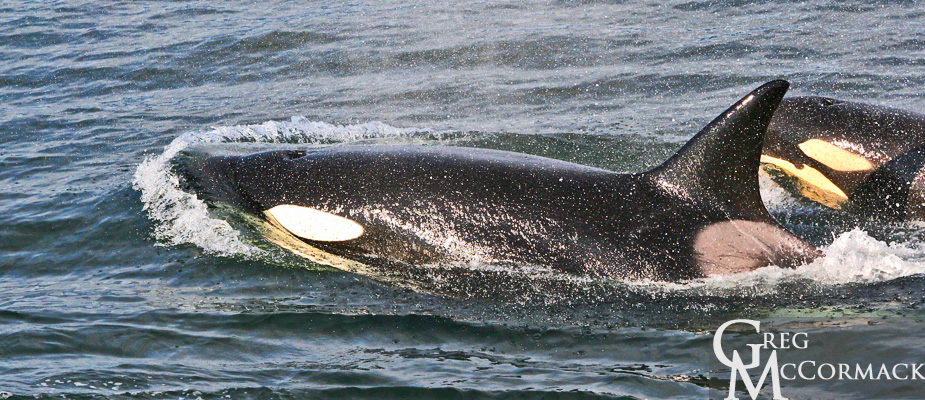
We suspect these orcas are residents as it looks like they are surrounding and echo-locating for fish. We watch them for quite some time as they happen to be swimming north at the same slow pace that we are motoring.
Anchorage for this evening is just outside of the Taku Inlet. It is the Captains’ Dinner tonight and Marce introduces all of the crew to the rousing applause of our friendly guests.
A bit of sadness is felt as it was time to pack suitcases after a slide show presentation in the lounge shows all of the highlights over the last week of cruising.
is bustling this morning as we dock alongside the pier adjacent to large cruise ships and a float plane dock
A local tells me that the recent U.S. Census had between 5 and 6,000 people moving out of the capital city of Juneau, a drop from around 31,000 to 25k over the last 10 years.
Crew work hard in anticipation of another group that will board in less than 8 hours.


